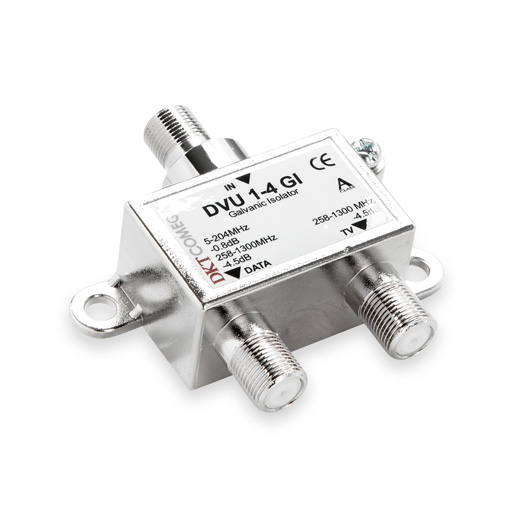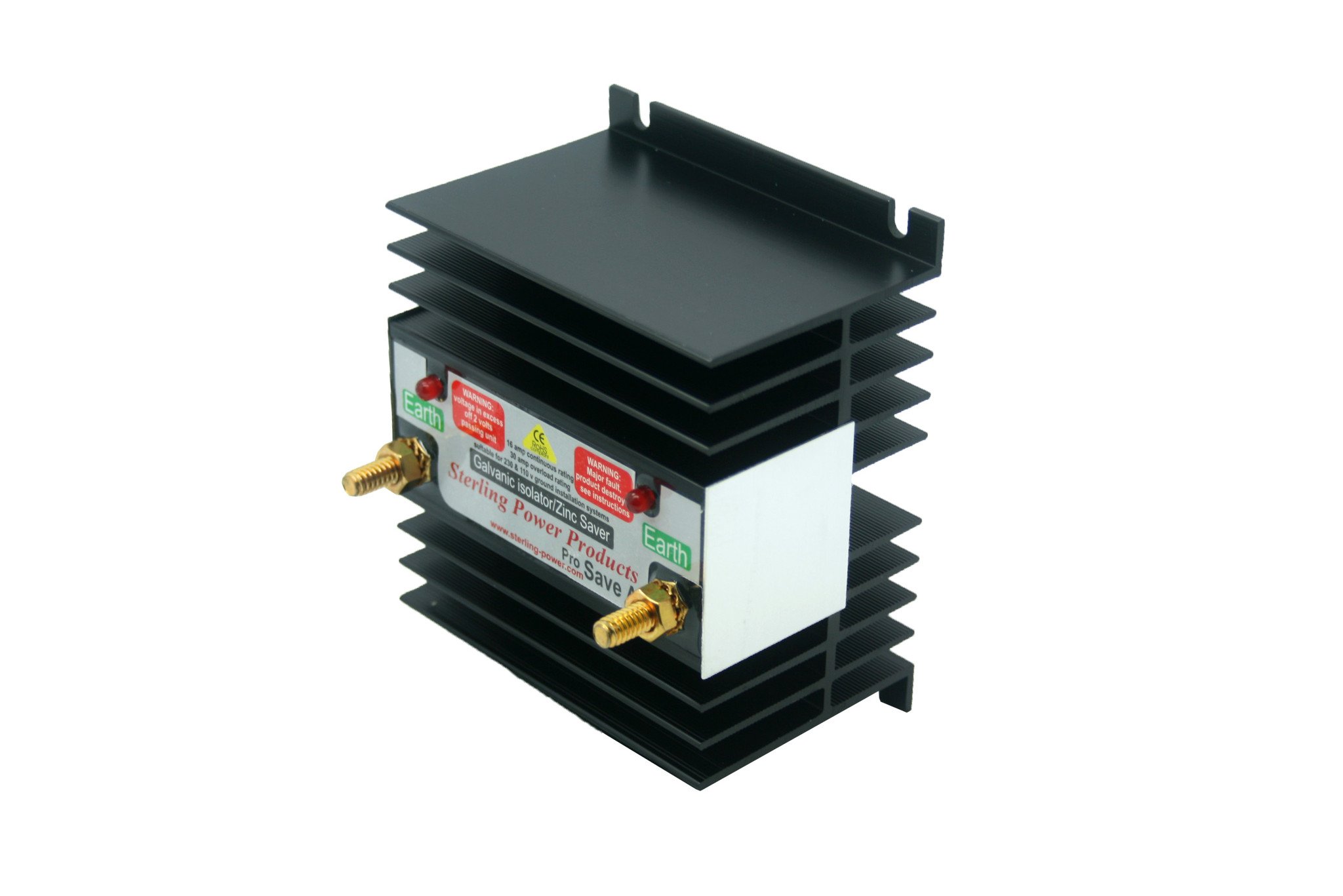

If it reads greater than about 1.2 volts then the diodes are open circuit. If it always reads zero, the diodes are shorted out. There should always be some residual electrolytic voltage (unless you are hauled out) so the meter should read something less than one volt. At any time, with the voltmeter on the DC range, put it across the shore power side to the boat side of the isolator. You can test them with a digital volt meter that can read positive and negative voltages. There are two ways for a galvanic isolator to fail Either the diodes are shorted, or they are blown open. They should be able to stand the shore power current rating indefinitely.ĭOES MY GALVANIC ISOLATOR NEED A CAPACITOR TO CONDUCT AC?
#GALVANIC ISOLATOR PLUS#
Galvanic isolator diodes are designed to carry this current for a very short time - long enough to blow the circuit breaker plus a safety margin - but they cannot carry it for very long without overheating.

This can require a capacity of more than 100 amps. The diodes have to have enough capacity to pop a shore power circuit breaker if there is a short on your boat. This activity can remove paint from the fitting and generate chlorine bubbles that damage surrounding antifouling paint. Some also add a capacitor to increase the ability to conduct AC current, however I personally think this is a mistake as it does allow low level AC currents to flow and cause electrolytic type activity, even if not true electrolysis.
#GALVANIC ISOLATOR SERIES#
Since some electrolytic voltages are higher than 0.6 volts, a good galvanic isolator should have two diodes in series in each direction to give a 1.2 volt isolation. Since we don't know the polarity of the fault voltage, and if it is an AC fault, it will be flowing both ways, two diodes are placed in parallel pointing opposite directions so there is always one available to conduct, but at low voltages, both are switched off and no electrolytic current can flow. It is not like a resistor voltage drop - no current has to flow to create the drop - so below 0.6 volts it is disconnected, above this it conducts with very little resistance to current flow. Silicon diodes, which are used to conduct electricity in one direction but block it in the reverse direction, have a built in forward voltage drop of about 0.6 volts.

The galvanic isolator relies on the fact that electrolysis voltages are quite low - usually less than one volt - whereas electrical failure voltages are quite high. The trouble is, however, you need them connected together so that if there is an electrical short on the boat, it doesn't make the boat alive at 120 volts or worse which can give you quite a kick when you step off an aluminum dock!! The purpose is to disconnect your wet metal parts from the dock supply in order to prevent electrolysis. This article does not contemplate these devices but refers to the millions of units installed prior to these changes. NOTE: Recent boat wiring recommendations may specify that commercial galvanic isolators be constructed with indicating and testing electronics included.


 0 kommentar(er)
0 kommentar(er)
